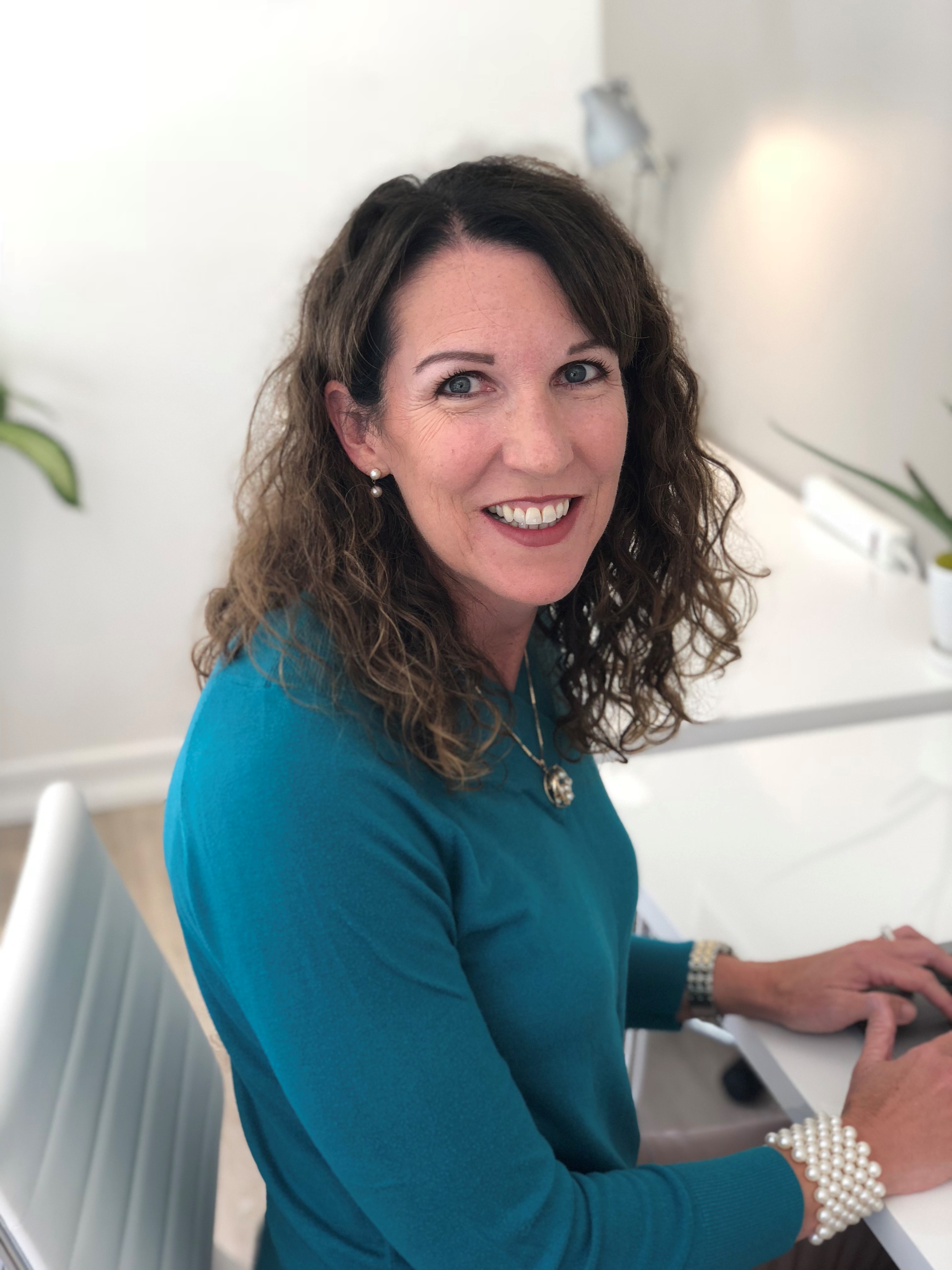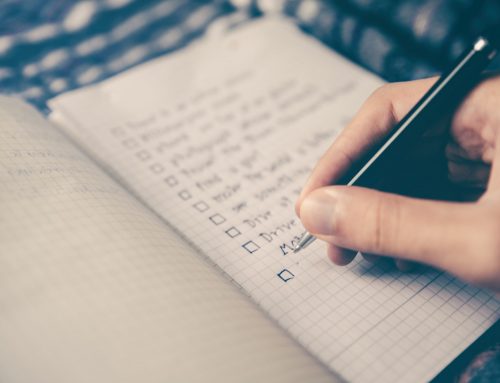Elevating the Productivity of Your Employees
As a business owner, you may feel the pressure to complete tasks yourself instead of delegating to employees. However, by implementing some quick business strategies proven to increase productivity, you and your team can be on your way to efficient, high-quality work. By implementing a few hacks, you can free up your time and model ways to elevate your and your staff’s productivity. Here are a few strategies I use within my own business to promote productivity:
Set a meeting schedule and stick to it. I like to schedule meetings that fit within twenty-minute or fifty-minute time slots.
| 20 Minute Meeting | 50 Minute Meeting |
|
|
Both meeting lengths have their specific purposes and tend to work well when the scope is manageable; whereas a brainstorming session might require a few hours or even an entire day. When planning for these shorter meetings, keep in mind the purpose, agenda, and the built-in ten minutes in case something doesn’t go to plan. Allowing ten minutes of cushion time in the schedule will keep a disciplined meeting. For example, if you block out 30 minutes for a conference room space and an employee is having trouble finding parking, you don’t need to stress over pressed time. You can ease your mind and know you were mindful of unexpected events and have an allotted ten minutes of cushion time.
Additionally, consider having an agenda ready before entering the conference room and send it out to employees prior to the meeting. Giving employees a quick rundown about the meeting will allow them to be prepared and focused on the purpose. You could also encourage them to print it off, or have it projected in the meeting room. Doing this ensures you have a goal set for the meeting to be successful and helps to keep you on track.
We all have felt that 3 pm drag from time to time. Sitting, working, and checking the clock more frequently. It’s inevitable and bound to happen to you and your employees occasionally. Recognize times when you are most productive. If you’re like me and mornings are when you’re on point, start your day with the most creative and substantial workload to take advantage of your mindset.
Consider scheduling a block in your calendar where you, or an employee, can sit down and grind out a project. Stay disciplined and give the project your full, undivided attention. End your day with smaller tasks that require less of you. And when you have those moments when you’re at a standstill, remember to anchor yourself in what matters most right now. That may also be a signal for you to explore ways to be mindful and work with intention. Consider checking out my blog Cultivating a Culture of Mindfulness within Your Business for more on this.
Emails pile up quickly and, when not attended to, they can become overwhelming. Schedule thirty-minute increments throughout your day to give attention to emails. You don’t want a client email buried, nor do you want to miss an update from an employee. When you schedule, consider which times are best for you to check email. For me, it makes the most sense to check my inbox as soon as I start working in the morning, before/after my lunch, and right before I wrap up my day.
| Morning Email | Afternoon Email | Before You Go Email |
|
|
|
Sticking to this schedule will help delegate what is essential, but also keeps you focused on your other priorities. A few other helpful tricks: turn off email notifications. That might seem scary but constant alerts to check an email can break your focus.
Emails are vital forms of communication, but they can wait. If it is an emergency or urgent, a client can call. You can also flag and sort your email with folders and tabs. This will help you stay organized and not bogged down with an endless inbox. Thoughtfully move emails to their proper folders and visit them during your scheduled email times. Be sure to inform your peers and clients how you plan to manage your inbox. Communicate your schedule and explain why you feel it’s the most effective way to boost your productivity.
Lastly, you don’t have to make all these changes at once! This month pick one of the productivity tricks your company could benefit from and implement it. Be mindful and see if it helps boost productivity. The smallest changes can make a big difference!
What productivity tips do you have? I’d love to hear what works for you!
Download or View this Article as a PDF








